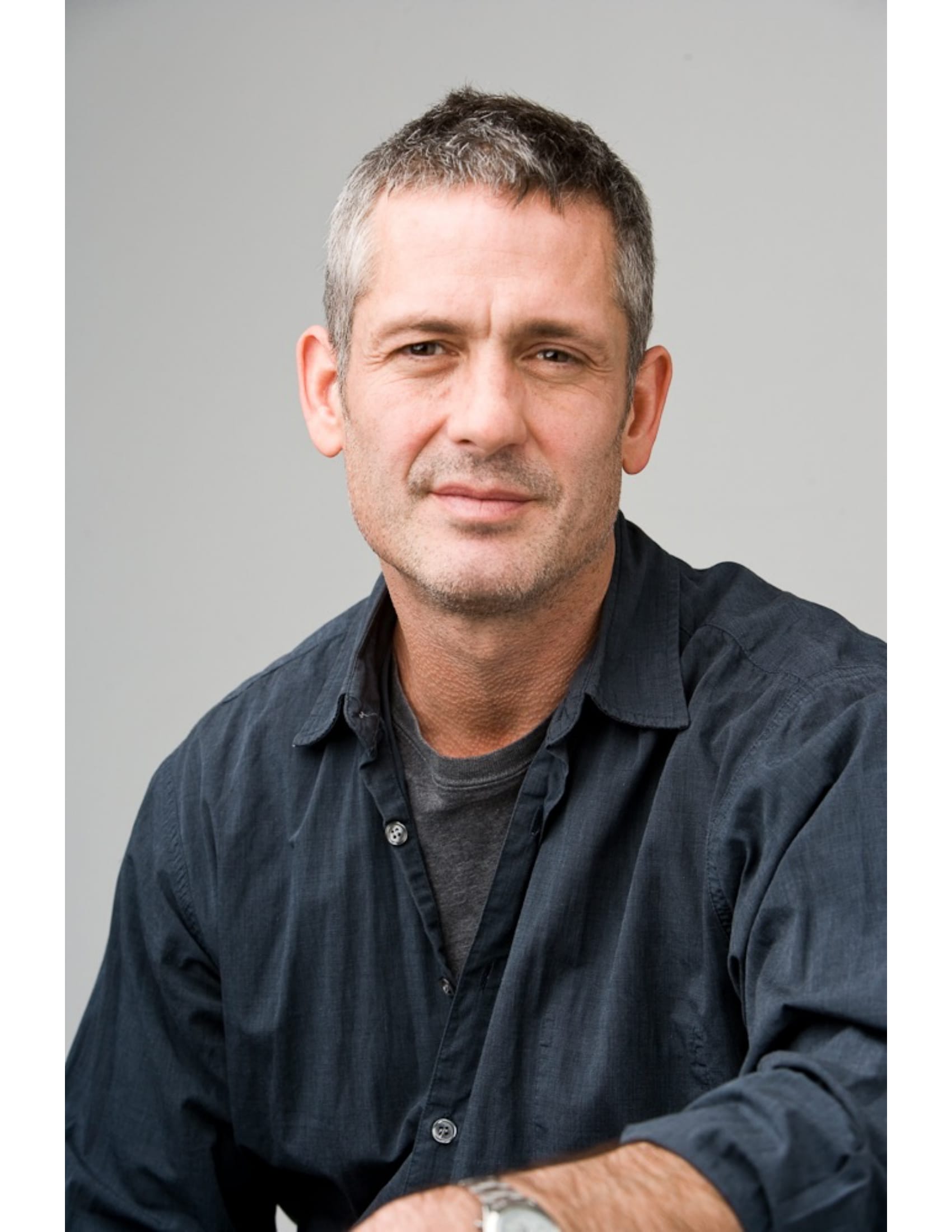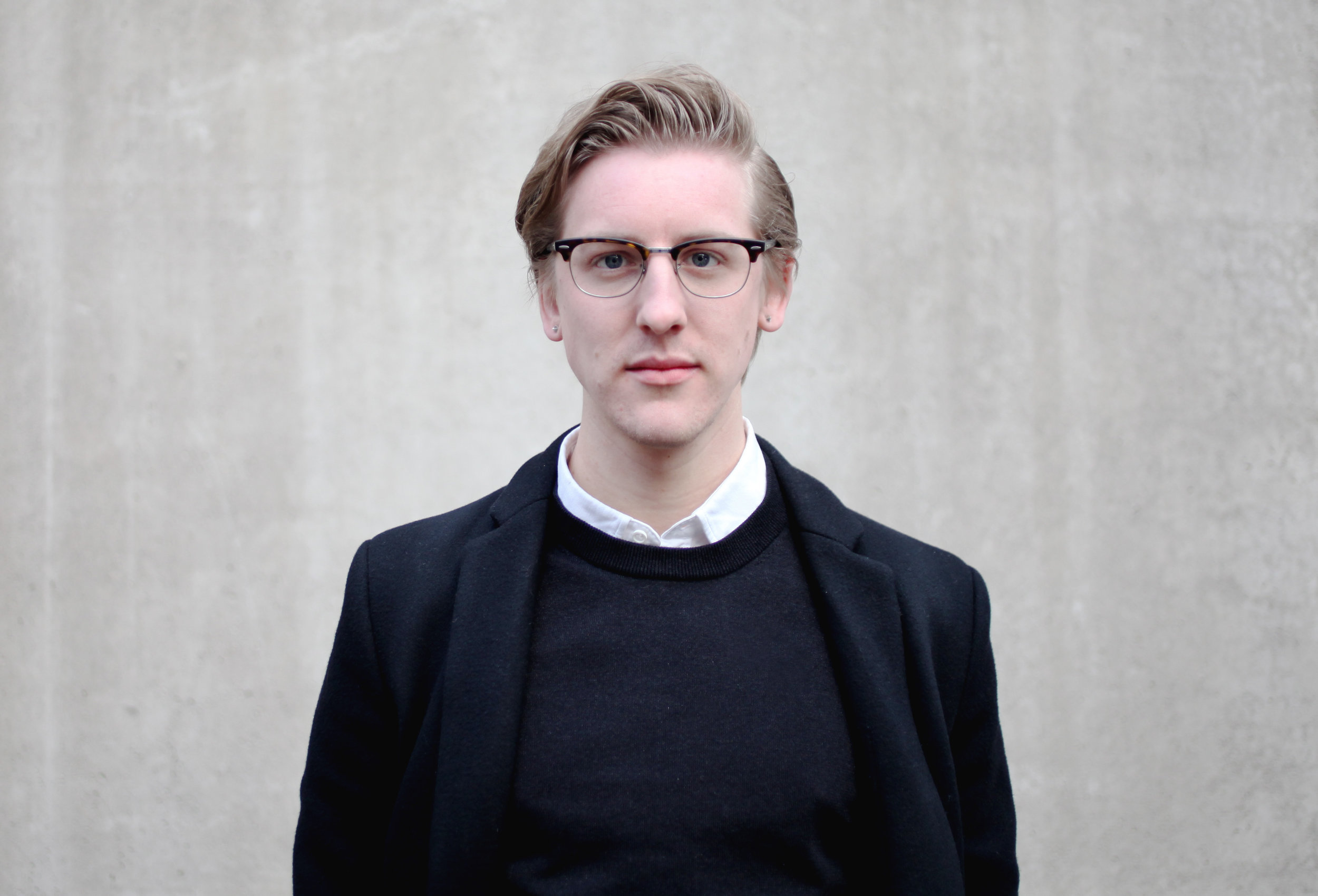Five Questions With... Shorts Directors Matthew Dixon, Dawid Ullgren, and Saman Hosseinpuor
/Our first Narrative Shorts program, FEELING CONNECTED, plays this Thursday, June 22 at 9:00 AM. We spoke with three of the directors in this program, Matthew Dixon (MODERN HOUSES), Dawid Ullgren (MR. SUGAR DADDY), and Saman Hosseinpuor (THE MAN WHO FORGOT TO BREATHE). Read more from these talented filmmakers below, and join us for the screening on Thursday morning!
NFF (To all): Your film is in the "Feeling Connected" group - how do you think that theme is represented in your film?
Matthew: Fortunately, the programmers have a broad-minded view on what constitutes 'connecting' because I’m not sure “Modern Houses” fits in the obvious way. We, or at least I, typically think about connecting to someone or something other than one’s own self. For The Architect in the film, it is more about connecting the conflicting pieces of herself to become whole and empowered to achieve the only thing that she cares about: creating a transcendent piece of art. It’s a great theme, and the central one in E.M. Forster’s “Howards End” when he writes “Only connect! Only connect the prose and the passion, and both will be exalted…live in fragments no longer.” That sounds highfalutin, but I’ll go with it.
Dawid: Mr. Sugar Daddy is about an older man who is trying to connect with a younger boy. For our leading character, it's not an age thing, but more about the real connection they getting through the night. It's more about the feeling, than how it really is. The theme of the program is really present in the film! It fits like a glove!
Saman: My film is about a family in a crisis of partnership. There was a fight between the man and the women last night. So I think it can be related to that section. The man and women are connected and they will find peace eventually thanks to their child.
NFF (To Matthew): Do you have a background in architecture or design? How do you think constructing a building is similar to constructing a film?
Matthew: I don’t have a background in architecture or design. While the character is an architect, the story, about creativity and fear, could belong to any artist – painter, writer, actor. Cherry Jones read it and called it, “Every artist’s nightmare.” I chose an architect because, for one, it’s more interesting to watch someone build something than sit at a typewriter, but mostly because I needed a place that a voice could live in. I was personifying an invisible villain, one’s own fear. A model house was where it could run, hide, stalk, look out at the artist from within. It worked practically and metaphorically.
In your second question, you used the word ‘constructing’ for both a building and a film. I think that’s right. They both require a vision, a plan, resources, materials, and a lot of skilled and talented people working together toward a common goal. And it would not be out of place to say that the writer/director is the architect of the film.
NFF (To Dawid): The use of light and sound in the film really punctuates the drama. Were you thinking about those elements when writing/reading the script?
Dawid: I always knew that the feeling of a night club is one of the most important elements of the film. As a visual style we where only thinking of the lightning. Giving the two lead characters their own color from the beginning and when the film progress their colors submerse - going from being just one to two. The red lit dance scene (at the end of the film) has been almost the same from the first draft of the script to the final film. I'm also pleased that we could clear the music for that scene, because it was my only choice! We wanted to make a visual beautiful film that doesn't feel like a long music video. The story was always the most important element!
NFF (To Saman): What surprised or challenged you the most while you were making the film?
Saman: Working with cats was a challenge. We needed a cat fight at the end of the film but we couldn't do that, as you can see. The two most challenging things in filmmaking are animals and kids to work with.
NFF (To all): Why are you excited to show the film in Nantucket, and/or what do you hope Nantucket audiences will take away?
Matthew: A literary friend of mine said that The Architect’s obsession at the expense of sanity made him think of "Moby-Dick." Since anyone reading this, and certainly Melville in his grave, is now having a laugh at my expense, I’ll just say that it’s a great festival that has always chosen the sort of films that interest me, and we're thrilled to be included among the people that make them. Of course level one of what you want for the audience for them to be engaged and want to know, What’s going happen next? But I also want them to be thoughtfully provoked, to care about the character and her fight, and to appreciate the value of what is at stake: creativity.
Dawid: I'm really proud and happy to screen the film in Nantucket! I wish I could attend the screening and sit in the back of the cinema and just take in the audience reactions! I hope that the audience see the beauty in this film about a heartbreak. It's never easy to go forward in your life, but you should always try! That's one of the things I really love about our lead character Hans.
Saman: There is no specific place to screen short films, I want to screen my films as much as I can. Nantucket film Festival is one of the greatest festival. Your film can be watched by thousands of people and that's a dream for young filmmakers like me.










